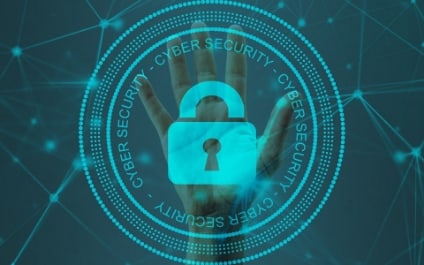America saw an alarming 104% surge in ransomware cyberattacks in 2021, according to the 2022 Cyber Threat Report. Ransomware attacks hit supply chains especially hard, causing widespread system downtime, economic loss, and reputational damage. Though these attacks continue to take place, there are steps you can take to mitigate risk along the supply chain.
Be vigilant about patching
The most straightforward way to prevent against ransomware attacks is to diligently manage software patching across your IT environment and endpoints. This routine IT task, when not managed results in one of the most common security vulnerabilities sought out by cyber criminals. All software companies release patches and updates for their software, the majority of which are security updates. If you’re not on top of patch management, you’re vulnerable to attack.
Visit CISA.gov on a frequent basis
IT Leaders, IT staff and Security experts on your team should visit the CISA.gov website regularly. CISA, the Cybersecurity and Infrastructure Security Agency provides up to date information about ransomware attacks, known malware and viruses, as well as other cyber-security threats. CISA publishes regional security alerts, mitigation guides and other resources to help US organizations and government agencies prevent their organizations. CISA even provides free internal communication and marketing materials to teach employees more about cyber risk and to keep security top of mind with one’s workers.
Educate your employees
Nine out of ten ransomware attacks occur when a well-intentioned user clicks on a malicious link, accidently releasing a payload, into your organization’s environment. In addition, Phishing attempts cannot succeed without the assistance of an end user. Train your employees to closely scrutinize links in email, SMS and chat sessions.
Controlling employee access within your organization is another critical, yet straightforward way to protect your data. It is common for employees at small to mid-sized companies to have more access to IT systems than is necessary for their roles. Organizations can mitigate risk to their environments by limiting their permission levels so that in the case of a ransomware attack, you’ve now limited how far the malware can travel.
Though workers have created passwords for decades as part of their security protocol at work and at home, the requirement to create strong passwords is often ignored. Dog’s names, children’s birthdates, last names spelled backwards, cities of residence, and seasons (Chr15tmas2022!) still make up most employee passwords. Strict password guidelines and the use of multifactor authentication can help prevent hackers from easily gaining Acce$$01! to your network.
Choose the right security technology
Ultimately, implementing a multilayer cybersecurity solution that protects your data in the cloud (or on-premises), during transfer (configuration) and at every endpoint is a “must have” in your security plan. Data storage as-a-Service as well as backup and recovery as-a-Service solutions help ensure you can retrieve data if malware or ransomware does breach your security measures. With a good backup and recovery solution, often you can simply restore your data to the last “good” date before a ransomware attack has occurred.
Talk to the ARCO Group
The ARCO Group, a Managed Service Provider for Cybersecurity, IT Support, Data Storage as-a-Service, Unified Communications and Collaboration and VOIP, has helped keep SMBs and large businesses safe for the last 15 years. We are proud to partner with industry leaders including Zadara, Kaseya, Sentinel One, Intermedia, and more to ensure our customers have the best security strategy and solutions in place to keep their data, IP, and customers safe.


